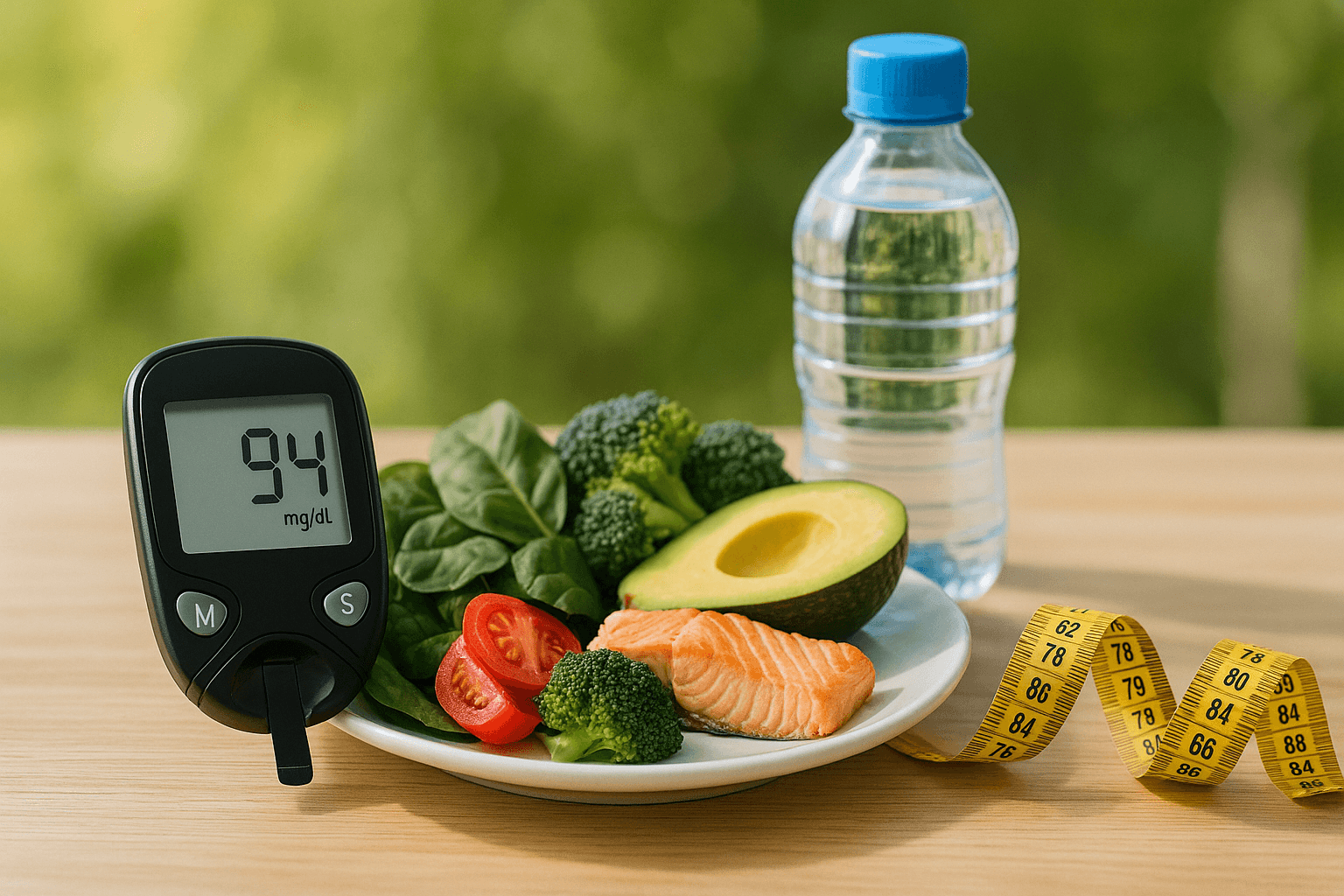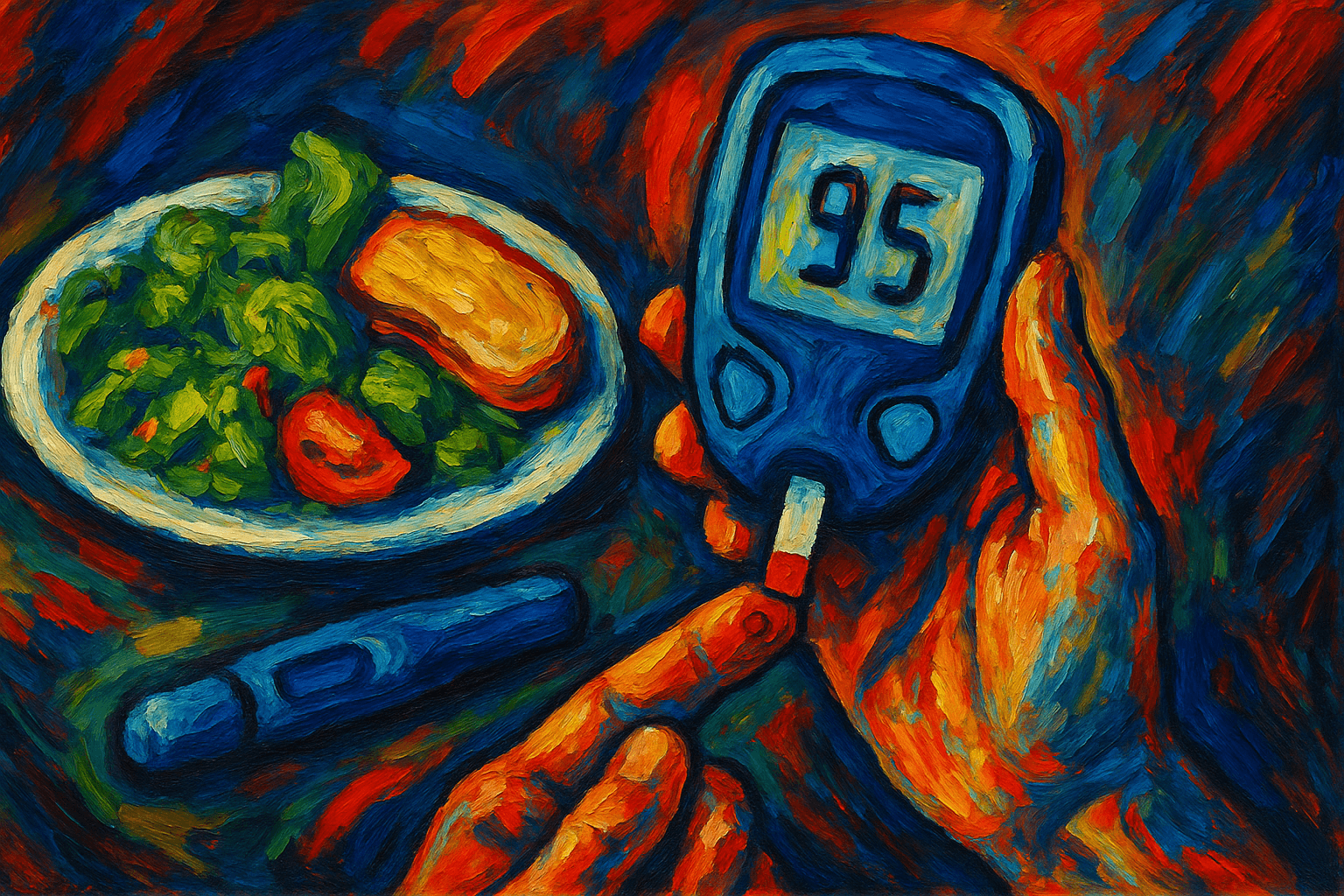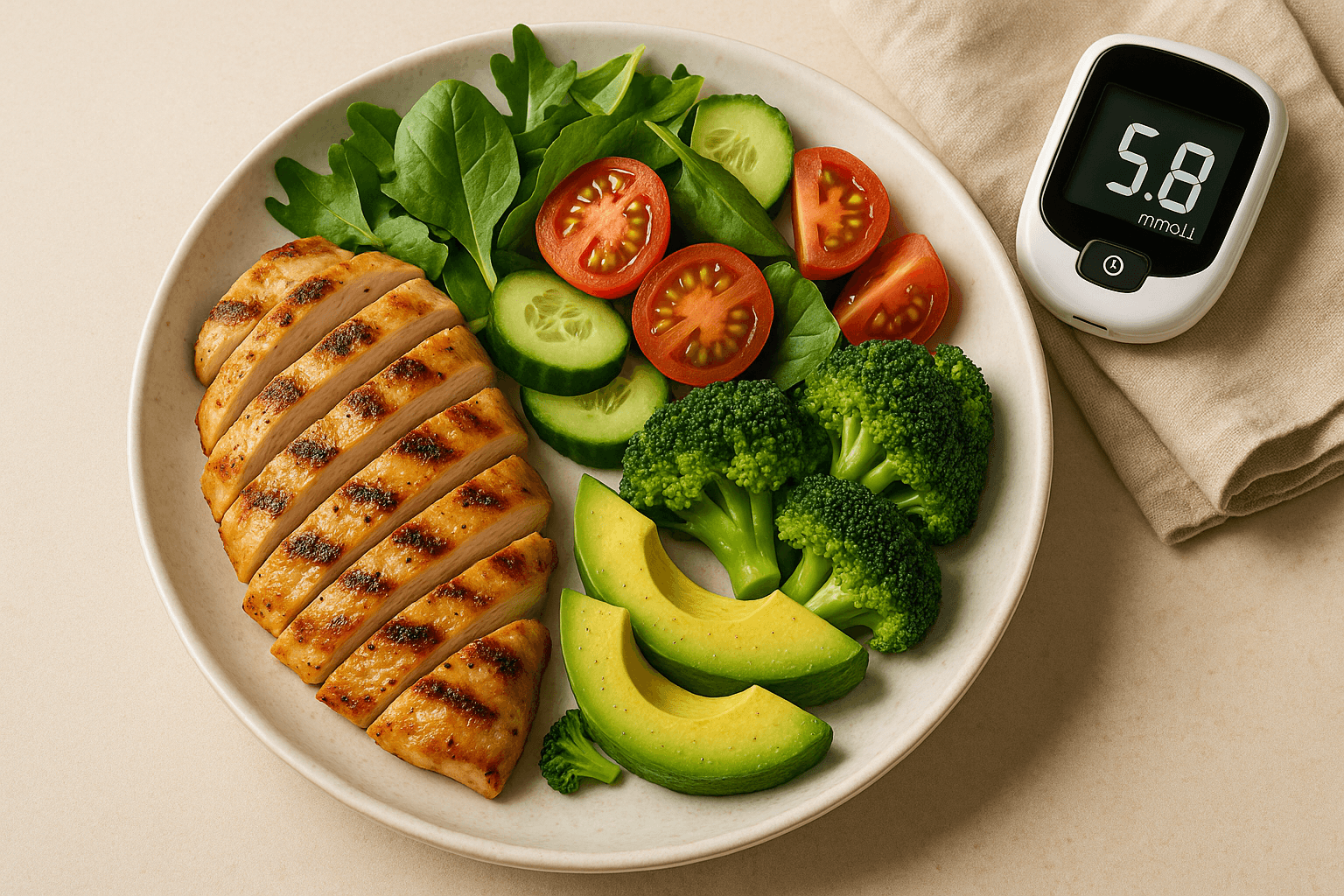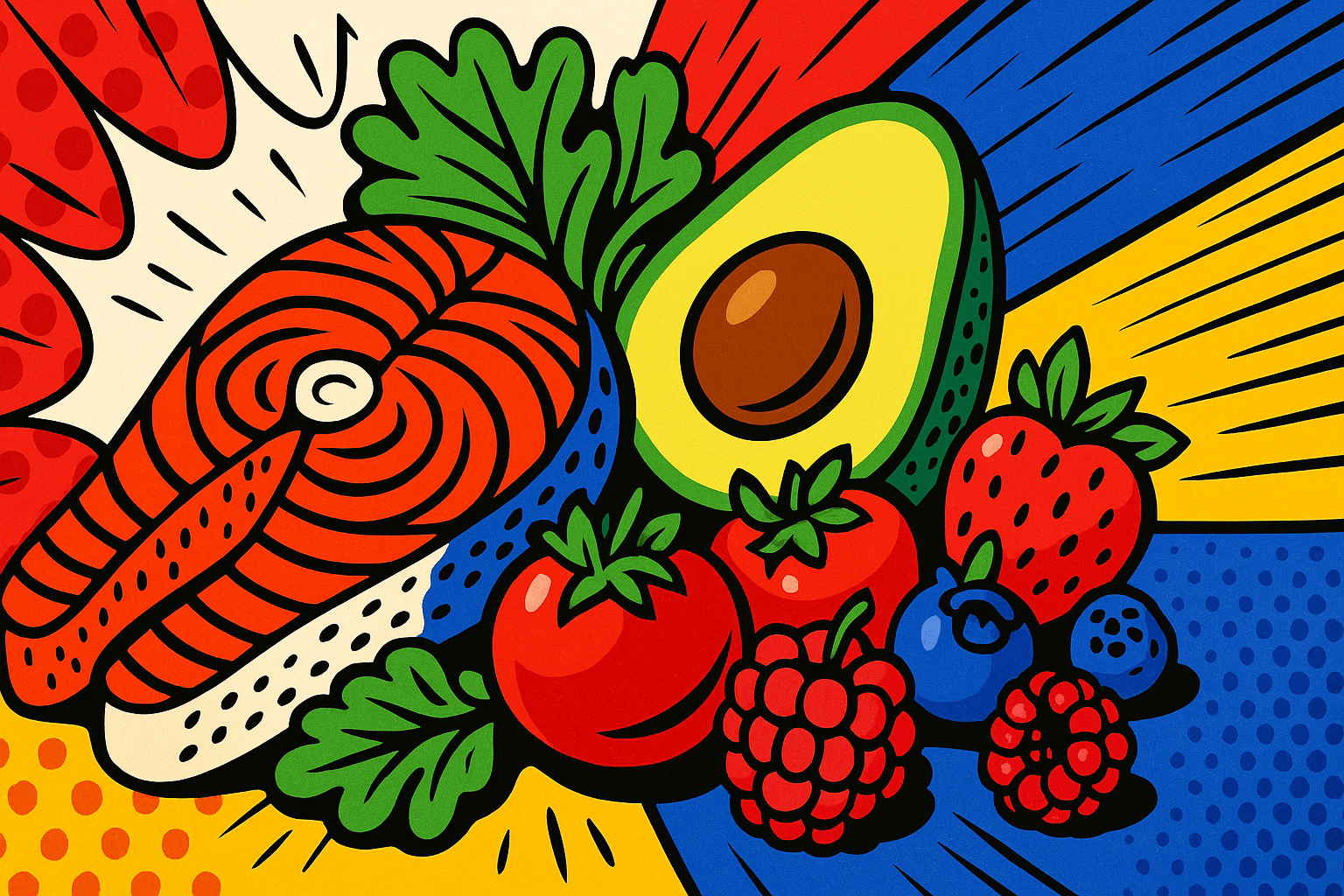THE DIABETES CODE: REVERSING TYPE 2 DIABETES THROUGH DIET AND LIFESTYLE
Published on July 13, 2025

Understanding Type 2 Diabetes
Type 2 diabetes is driven by insulin resistance, where the body’s cells fail to respond properly to insulin. This leads to elevated blood glucose (hyperglycemia), and the pancreas compensates by producing more insulin (hyperinsulinemia), which promotes fat storage and worsens insulin resistance. This cycle, often termed “diabesity,” lies at the heart of the disease. Unlike type 1 diabetes, which is autoimmune, type 2 is largely influenced by lifestyle factors such as diet, inactivity, and excess weight.
The Limitations of Conventional Treatment
Conventional treatments aim to lower blood sugar using medication and insulin, but these approaches don’t address insulin resistance itself. Some medications may even promote weight gain, exacerbating the issue. This reactive strategy manages symptoms rather than reversing the underlying condition.
Dietary and Fasting Therapy for Reversal
Carbohydrate Restriction
Refined carbs and sugars spike blood glucose and insulin. Reducing them helps stabilize blood sugar and improve insulin sensitivity. Low-carb and ketogenic diets rich in whole vegetables, healthy fats, and quality proteins are highly effective in reversing insulin resistance.
Intermittent Fasting
Periods of fasting lower insulin levels and promote fat burning. Protocols like 16:8, 5:2, or alternate-day fasting enhance insulin sensitivity, reduce inflammation, and initiate autophagy—cellular repair that benefits metabolism and hormone balance.
Evidence Supporting Reversal
Clinical research shows that sustained lifestyle changes can lead to remission. The DiRECT trial demonstrated that substantial weight loss through calorie restriction restores normal glucose levels. Similarly, bariatric surgery induces metabolic improvements independent of medication, proving that reversing the condition is possible with targeted interventions.
How to Get Started Reversing Diabetes
Seek medical supervision if on medication
Limit refined carbs and sugar
Ease into fasting gradually
Monitor blood glucose regularly
Stay hydrated and manage electrolytes
Exercise to improve insulin response
Educate yourself about diabetes and metabolism
Debunking Common Myths
Myth: Diabetes is lifelong
Fact: Early intervention with lifestyle changes can reverse type 2 diabetes
Myth: Frequent eating prevents crashes
Fact: Frequent eating raises insulin levels and can worsen resistance
Myth: Insulin therapy cures diabetes
Fact: It manages symptoms but does not reverse the underlying issue
Long-Term Maintenance and Lifestyle Integration
Reversal is a long-term journey requiring commitment to healthy eating, regular physical activity, stress management, and consistent monitoring. Emotional and behavioral support improve adherence. Flexibility and personalization are essential to sustained success.
Conclusion
Dr. Fung’s The Diabetes Code offers an evidence-based strategy for breaking the cycle of insulin resistance. Through fasting, low-carb diets, and comprehensive lifestyle changes—including meal plans and recipes—patients can reduce dependence on medication and reclaim their health. Reversal begins with awareness and sustainable action.
Extra Credit: Gut Health and Inflammation
Gut dysbiosis and chronic inflammation are major contributors to insulin resistance. Diets rich in fiber, fermented foods, and polyphenols enhance gut health. Anti-inflammatory foods, stress reduction, and regular activity support insulin sensitivity and metabolic recovery.
Embracing a Holistic Approach
Effective diabetes reversal includes not just dietary changes but also emotional, social, and mental well-being. Sleep, mindfulness, and community support foster long-term resilience and success.








